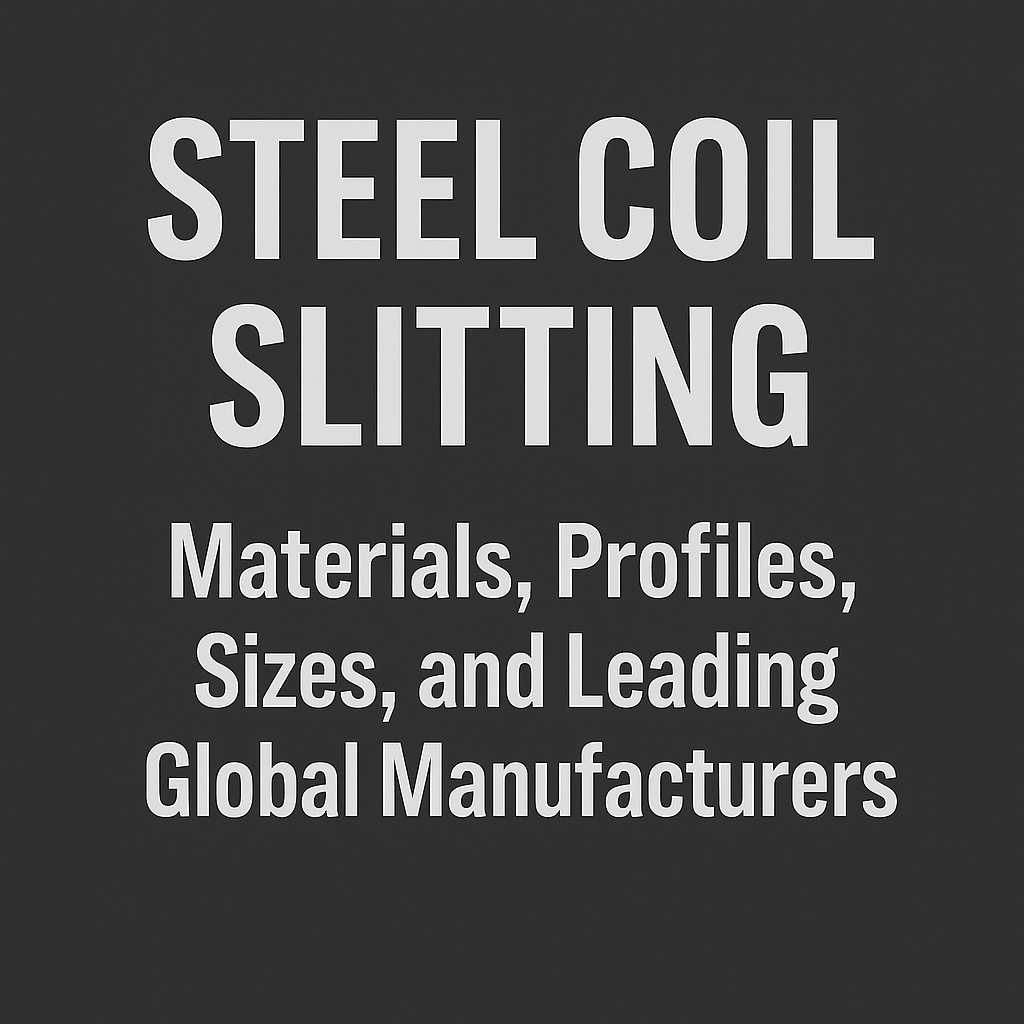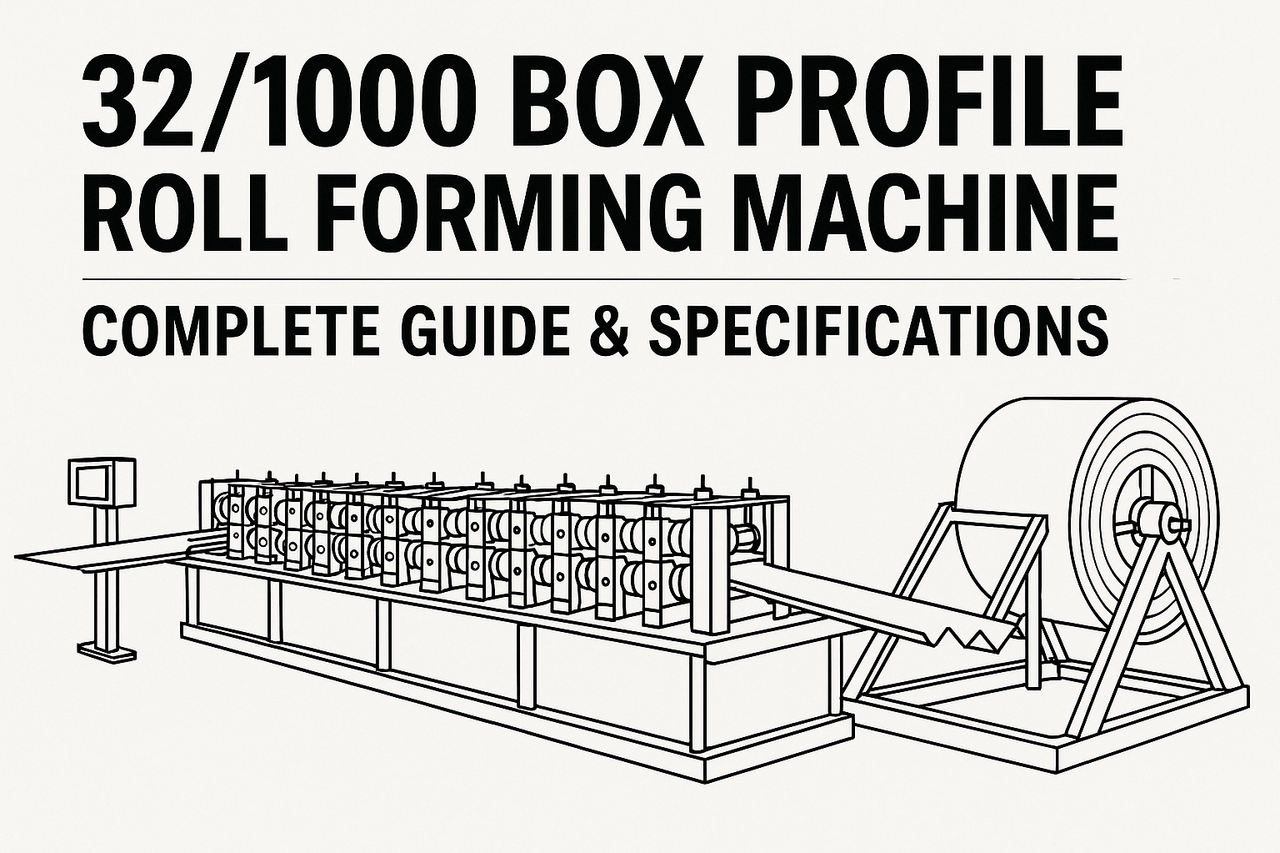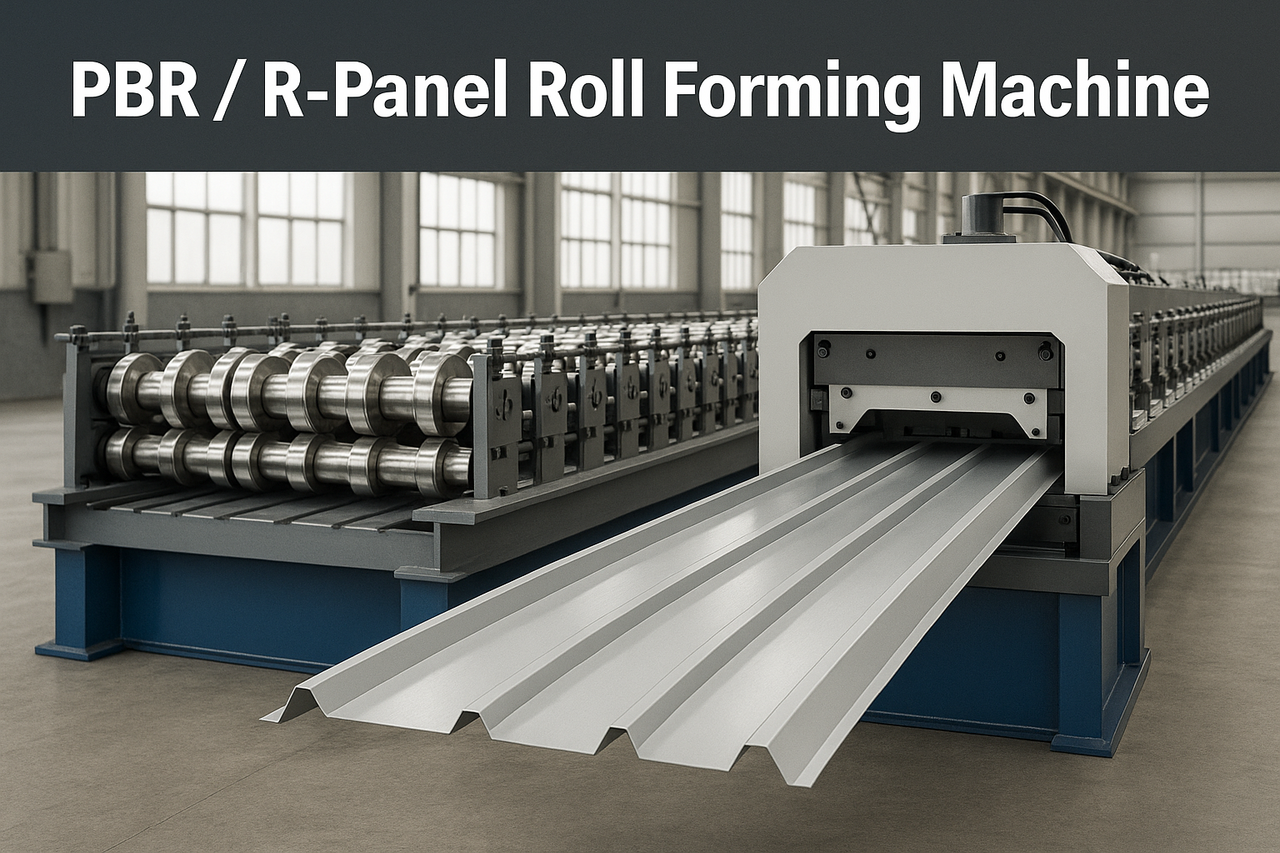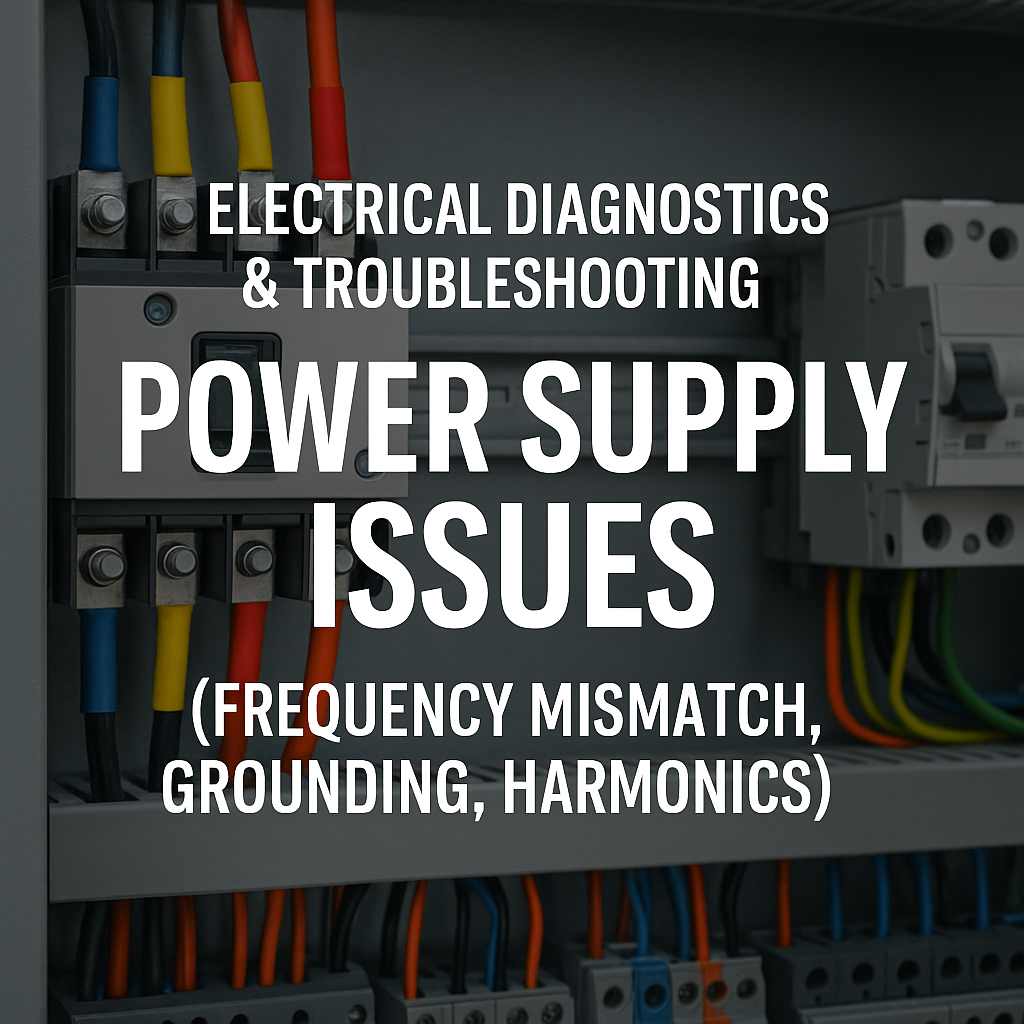1. Introduction
Steel coil slitting is a fundamental process in the metal fabrication and processing industry, enabling manufacturers to convert wide steel coils into narrower strips tailored for downstream applications. This process not only maximizes material utility but also ensures that clients receive steel in the exact dimensions required for specific products or components. From construction to automotive and electronics, steel slitting is a silent enabler of modern manufacturing.
2. What is Steel Coil Slitting?
Steel coil slitting involves cutting a master coil of steel into multiple narrower coils using a machine called a slitting line. Each narrow coil, known as a slit coil, maintains the original coil’s thickness and length but varies in width. Slitting machines utilize precision circular knives to make clean, consistent cuts along the width of the steel coil.
Primary Components of a Slitting Line:
- Uncoiler: Holds and unwinds the master coil.
- Slitter Head: Equipped with rotary knives that slice the coil into strips.
- Loop Pit: Maintains coil tension.
- Tension Unit: Ensures uniform tension throughout the process.
- Recoiler: Rewinds slit strips into individual coils.
3. How Steel Coil Slitting Works
- The master coil is loaded onto the uncoiler.
- The sheet is threaded through the slitter where circular blades cut it into narrower strips.
- These strips are fed through a tension stand to maintain straightness.
- The slit coils are rewound on the recoiler.
- Finished coils are banded, labeled, and prepped for delivery.
Key quality concerns include slit width accuracy, edge burrs, camber, and coil set.
4. Materials Used in Steel Coil Slitting
Slitting lines process a wide variety of metals, including:
- Cold Rolled Steel (CR)
- Hot Rolled Steel (HR)
- Galvanized Steel (GI)
- Galvalume (AZ)
- Stainless Steel (SS304, SS316, etc.)
- Pre-painted Steel (PPGI/PPGL)
- Aluminum
- Copper and Brass (non-ferrous)
Material Factors Affecting Slitting:
- Yield strength (e.g., 250–550 MPa)
- Tensile strength
- Thickness (0.2–16mm)
- Surface coatings
- Flatness and residual stress
5. Coil Slitting Profiles and Applications
Slit coils serve numerous applications:
- Automotive: Panel strips, reinforcement channels
- Construction: Wall and roof panels, trim, studs
- Electrical: Transformer cores, motor lamination
- HVAC: Ducting, cladding, coil housings
- Metal Furniture: Shelving, drawer tracks
- Consumer Goods: Appliance casings, electronics
Common profile outputs:
- 20mm–1500mm width strips
- 0.3mm–3mm for precision parts
- 6mm–16mm for heavy-duty structural use
6. Standard Sizes and Tolerances
- Master Coil Widths: 1000mm, 1250mm, 1500mm, 2000mm
- Slit Width Range: 10mm up to 1500mm
- Material Thickness: 0.2mm – 16mm
- Tolerances:
- Width: ±0.05mm
- Burr height: <0.03mm
- Camber: Tight control depending on application
7. Types of Slitting Lines
- Light Gauge (0.2–3mm) – Ideal for electronics, HVAC
- Medium Gauge (3–6mm) – Used for OEM fabrication
- Heavy Gauge (6–16mm) – Construction, transport
- Precision/High-Speed – Up to 300m/min with minimal burr
8. Benefits of Custom Coil Slitting
- Optimized use of raw material
- Reduced lead times
- Better fitment for downstream operations
- Ability to mix alloys and coatings per application
- Inventory flexibility for service centers
9. Selection Criteria for Coil Slitting Lines
- Material type & thickness range
- Required slit widths and number of cuts
- Cutting speed and efficiency
- Changeover automation
- Knife accuracy and tool life
- Coil handling and packaging needs
10. Top Steel Coil Slitting Companies in the USA
- Steel Technologies LLC
- Worthington Industries
- Samuel, Son & Co.
- Majestic Steel USA
- Ryerson
- Kloeckner Metals
- United Steel Supply
- Heidtman Steel
- Olympic Steel
- Reliance Steel & Aluminum Co.
These companies offer either slitting services, steel supply with slitting options, or full toll processing.
11. Top 20 Global Slitting Line Manufacturers
- FIMI Group (Italy)
- Heinrich Georg GmbH (Germany)
- Bronx International (UK)
- Delta Steel Technologies (USA)
- Red Bud Industries (USA)
- Andritz AG (Austria)
- Bradbury Group (USA)
- DAH KEE Machinery (Taiwan)
- Salico Group (Italy)
- SMS Group (Germany)
- Yoder/Formtek (USA)
- Sunfone Technology (Taiwan)
- Wuxi Jinye (China)
- HAIYUAN Machinery (China)
- Ferrous Metal Processing (USA)
- Coilpro Machinery (Canada)
- Fagor Arrasate (Spain)
- Dimeco (France)
- Rishbin (China)
- Siemag TECBERG (Germany)
12. Challenges in Steel Coil Slitting
- Burr formation – Controlled by knife sharpness
- Knife alignment errors – Solved via laser calibration
- Coil camber – Minimized using precise tensioning
- Knife wear – Solved by using D2/SKD11 blades
13. Custom Slitting Applications
- Custom slit painted coils for roofing panels
- Electrical grade slits for motor cores
- Light gauge strips for ventilation ducts
- Mixed width bundles for modular fabrication
14. Emerging Trends in Steel Slitting
- AI and automation in blade alignment
- Real-time defect detection with machine vision
- Integration of ERP and slitting software
- Sustainable packaging and traceability
15. FAQs
Q: What’s the thinnest width possible? A: Down to 10mm depending on knife and material.
Q: What is the max thickness slitters can handle? A: Up to 16mm for heavy-duty lines.
Q: Can you slit stainless and aluminum on same line? A: Yes, with proper cleaning and blade materials.
Q: How is coil protected after slitting? A: Banding, VCI wrapping, and edge protectors are used.
Conclusion
Steel coil slitting is a vital process in modern manufacturing that allows for material efficiency, tailored supply, and application-specific preparation. With advancements in automation and precision, slitting is evolving into a smart, adaptable, and sustainable part of the global metal supply chain.
Whether you're a buyer, service center, or OEM, understanding the details of coil slitting—materials, tolerances, machines, and suppliers—ensures you get the most value and performance from your steel products.



